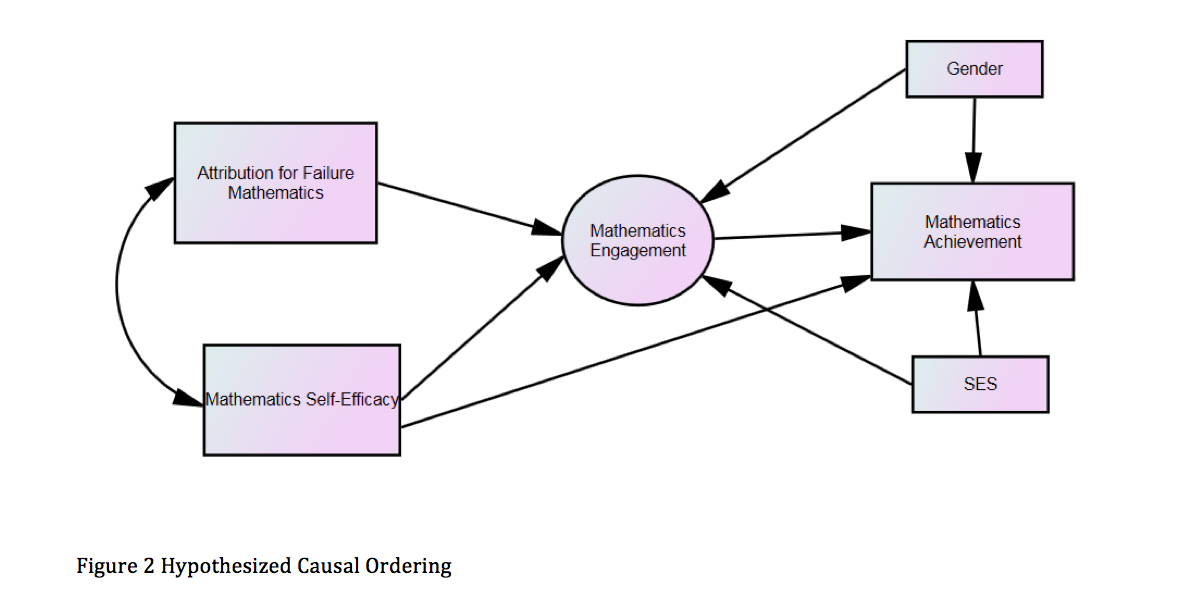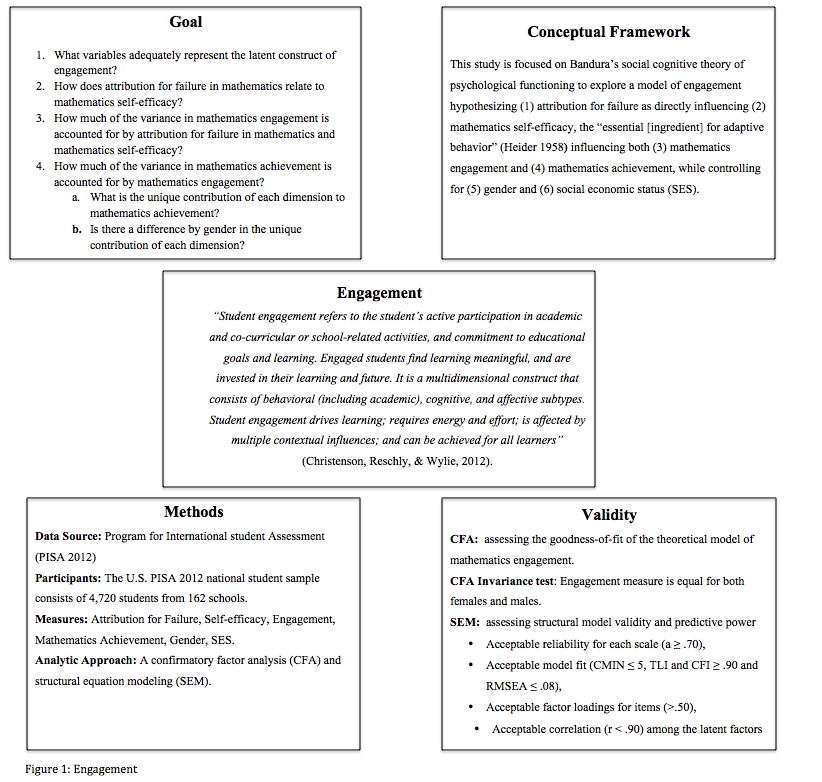Analytic Personal and Professional
“Sometimes you have to look back to actually move forward.”
The design map from portfolio II has been revised to reflect a better understanding of research design (figure 1). I consider the theoretical framework improved, and the conceptualization of the constructs under examination more clearly defined. I had review the original design map of Portfolio II and reflect on the course work to see where I started; where I’ve been; [and] how I got here; to assess my direction (Matthew McConaughely, Lincoln Motor Company commercial).
The revised design map (figure 1) indicates a change of direction in both the approach to research and my interests. Learning how to conduct research has been a slow and arduous process. I struggled throughout the program to find focus, and my cademic/scholarly writing voice. Nevertheless, four courses were instrumental in developing my skills for synthesizing research and finding my professional voice, EDEP 823, EDEP 824, EDRS 828 and EDRS 797. The extensive literature reviews and writing demands were integral to enhancing my skills. I owe a great debt of gratitude to Dr. Kitsantas, who has dedicated many hours to mentoring me.
Admittedly, I was not ready for EDEP 823. I lacked a solid plan to develop a framework for a study. I was ill prepared to write a comprehensive research proposal. The study I proposed was too complex. I grappled with understanding how to downsize it to its essential and more manageable parts. It took two additional semesters to realize that grounding my research meant conceptualizing and defining the constructs of my study by synthesizing prior research. When I arrived in EDEP 824 the following semester, the study remained too ambitious. The data collection plan was too complex, and my writing was not explicit and/or clear. It became apparent that if I wanted to successfully complete the class, I had to change gears quickly. I dropped my original intervention study and decided to use the PISA dataset to investigate engagement variables that predict mathematic achievement. I spent weeks teaching myself how to run analysis with a national dataset. Dr. Cheema from the University of Illinois mentored me through the initial stages, after which I spent endless hours writing the study proposal, running statistical models, and writing up the results.
I submitted this study to the American Psychological Association (APA) and will present it at a poster session in August 2015. I am currently revising the APA study utilizing what I learned in EDRS 828 and EDRS 797. This will ensure that I have aligned my rationale to the literature review and cross-checked research questions with the theoretical and conceptual framework proposed. Lastly, I am verifying that all terms are defined, described, and consistent throughout the paper. I am especially grateful for the opportunity to begin work on the indices for engagement in EDRS 797. This course enabled me to work through the difficult process of creating measures from a national dataset. The final step is to advance my skills for interpreting the data and writing the results with clarity. To this end, I have chosen to take an extra methods course focused on working with national datasets.
Post portfolio III plans include continuing to read research that examines the measurement of engagement (Blumenfelds, Frederick & Paris, 2004) and preparing the PISA 2012 data for testing the causal model proposed in figure 2 below. The focus of the research has changed from the portfolio II’s proposal to examine “how attribution belief is [a precursor] in learning to learn for struggling students” to “What are the indicators and facilitators of engagement?” and “What is the role of engagement on achievement?”
The embarrassingly rudimentary path analysis model of portfolio II has been improved (figure 2) thanks to EDRS 797 course work. The diagram maps the assumption that attribution belief in mathematics influences mathematics self-efficacy and mathematics engagement. In addition, the model hypothesizes the mediating effect of academic engagement on achievement. A revision of this path analysis and the design plan is further explained in the pre-proposal paper submitted for portfolio III. Work on the revised model is currently underway.

The ultimate goal is to complete EDUC 998 in the Fall of 2015 and EDUC 999 by 2016. I plan to defend by June of 2016.
